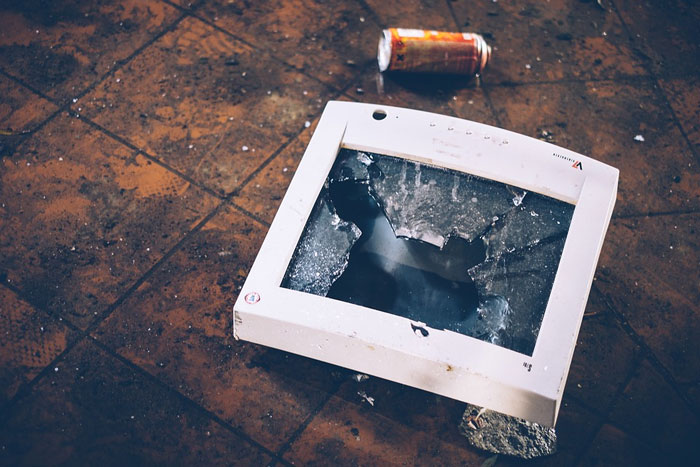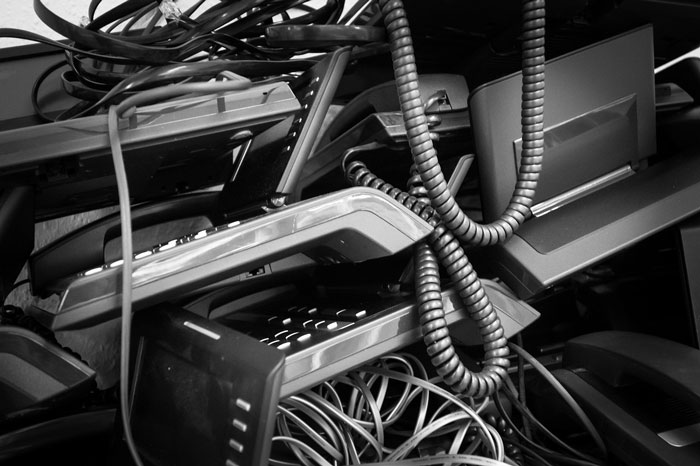Preparing for Computer Disposal
Oct 14, 2019

When it comes to throwing things away, tossing your computer might not be a great idea. If someone gains access to it, they may have access to your entire life. Anything left on that computer can be found, including passwords, credit card numbers, account information, or your social security number. Leaving sensitive data on your computer is dangerous, so let’s look at proper computer disposal and data scrubbing.
Back Up Your Important Data
Before anything, you need to make sure your important documents and any sensitive information is backed up. There a few ways to do this. You can transfer your information to another computer, transfer it to a USB drive, Passport, or SD card, or you can use the Cloud to back your data up. Just make sure anything you don’t want to be lost is transferred to some kind of computer storage device or optical media; flash memory is not stable for long term storage.
What is Data Scrubbing?
Data scrubbing is the removal of data from your computer. It all needs to go before computer disposal. Simply deleting files won’t get rid of the old information either; you need to overwrite and destroy sensitive files. Look for specially designed software that meets government standards for wiping data. File Shredder is an example of one such program.
If your computer won’t turn on, you may still be able to retrieve your data. You will need to extract the hard drive from the computer and hook it up to another computer that boots successfully (this process is called “slaving”), then run the destruction program on your drive from that system.
Other Steps Before Computer Disposal

You need to make sure you turn on drive encryption and uninstall any programs that may have stored personal data, such as your browser’s history and cache. Some programs only allow themselves to be installed on a certain number of computers, so be sure to both uninstall and deauthorize any software you’re planning to install on another computer.
If possible, reset the computer back to factory settings. This will doubly ensure you’ve wiped out all of your personal files and programs. Once done, restart your computer and install Eraser, or a similar program. This tool will permanently erase anything that was not erased during the reset.
Ways to Dispose of Your Computer
Once you’re sure the files you need are backed up and all of your data is safe, then you can dispose of the computer. There are several ways to do this. Some companies will use your old computer for trade in, or they may even buy it at a low cost. Don’t just throw it away, because computers have many kinds of toxins in them. Try to find a business that refurbishes old electronics, or a recycler that has been certified by SERI (Sustainable Electronics Recycling International). SERI certified recyclers keep these parts from going to developing countries where they use underage children to work through the debris.
Concluding Remarks
Knowing how to safely save your data and delete it can save a person or business a world of problems. People can gain access information to steal your identity, money from your accounts, or even trade secrets. Also, knowing alternative ways to safely recycle and repurpose computers will help both your bottom line and the environment in the long term.
hope this blog has helped you understand how to safely dispose of your computer, and how to scrub your data. If you ever have any questions about properly disposing of a computer, or how to thoroughly scrub your data, contact us!


